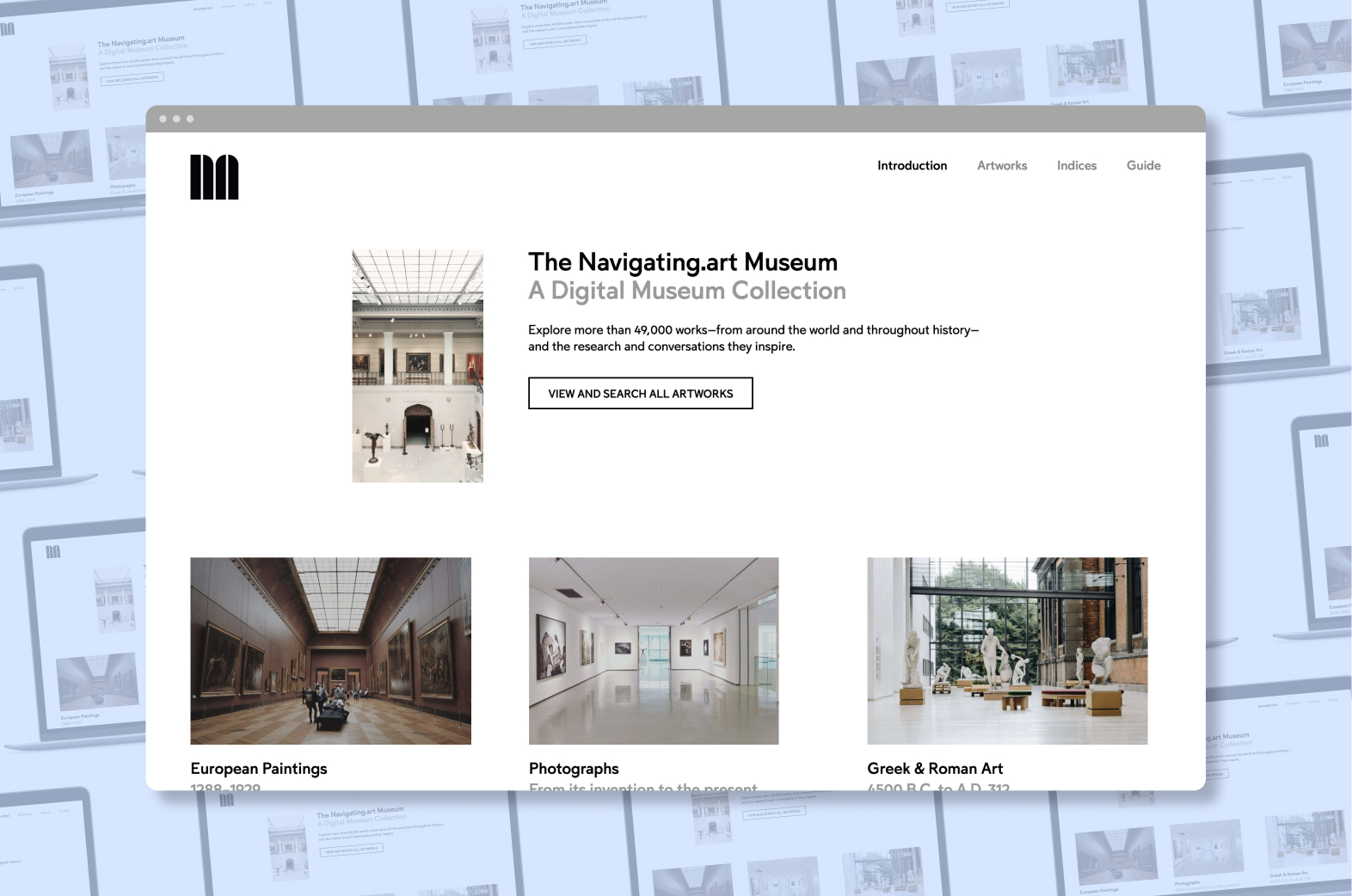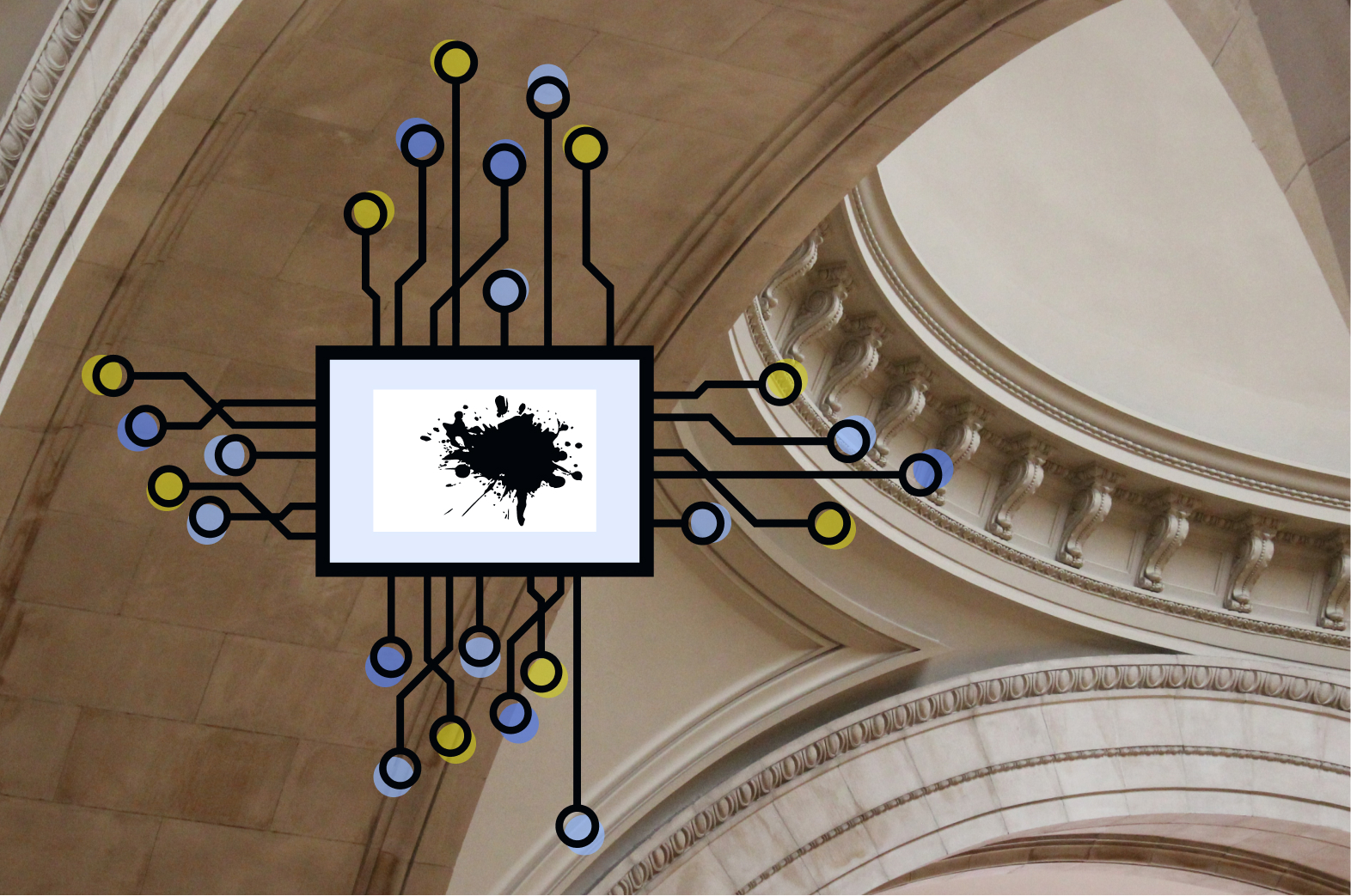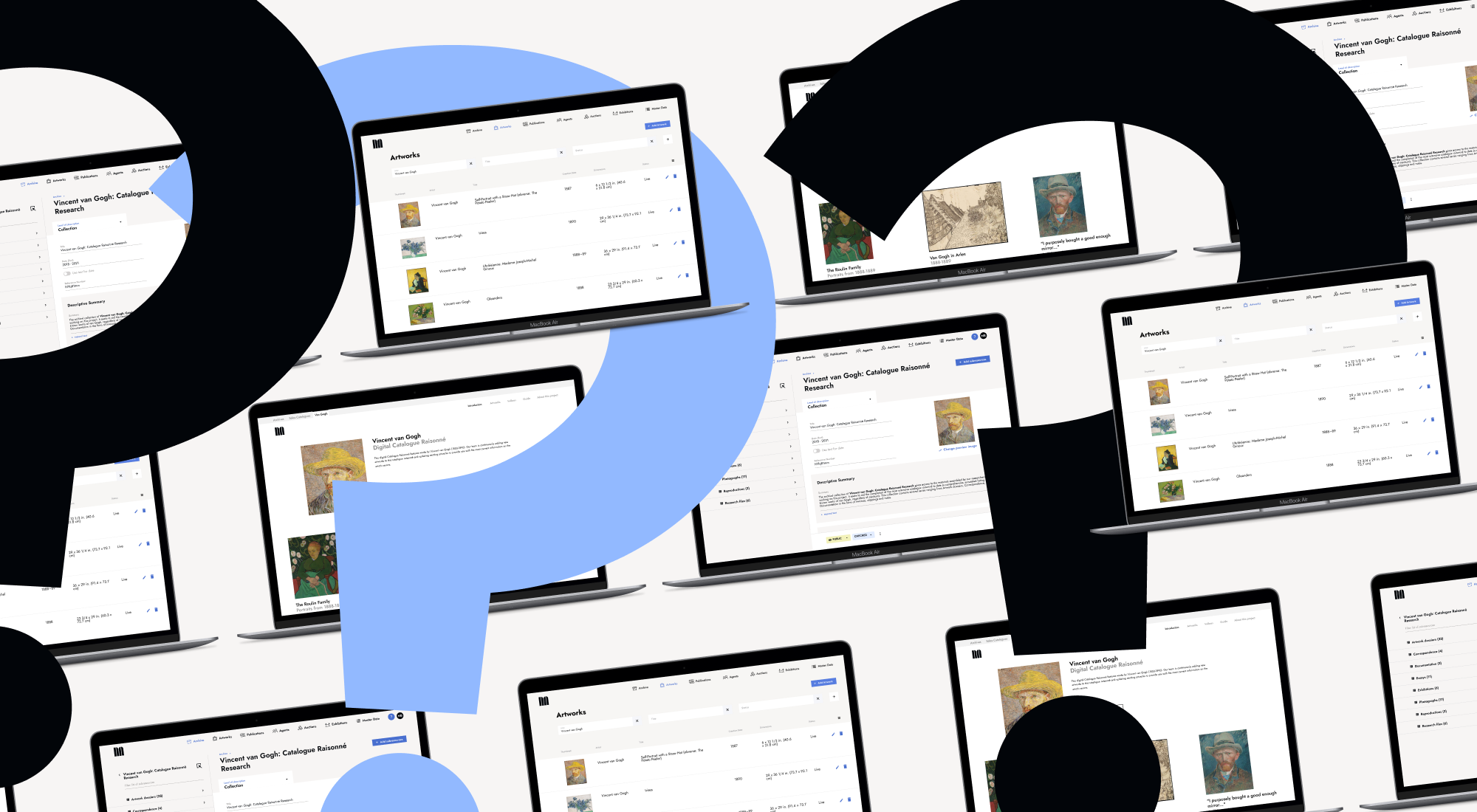Why all museums should make their collections open access
Museums steward humanity’s shared past in their collections. All people should have the right to access the histories they contain, regardless of where they live, how much they earn, or their ethnic or racial identity. For too long, museums have kept a tight hold on access to heritage information. It’s time to break museum collections wide open.
Open Access is a sector-bridging movement that strives to make digital information available online, free of charge and unrestricted by licensing or copyright. You can easily find open-access publications and open-access scholarly literature. For museums and cultural organizations, Open Access is a broad term. The type of information available, level of detail, and rights to use materials vary according to each institution. This article focuses on the benefits of museums creating open-access collections – granting direct and unpaid access to collection information online. Open-access collections function as vital tools for museums to bring collections to the public and demonstrate their commitment to access to cultural heritage. Here’s why.
The reasons museums should create open-access collections
Open-access collections bring greater transparency to the heritage sector, reduce information silos, and enable researchers to uncover vetted collection information in seconds. Let’s take a closer look at some of these reasons museums should provide unlimited online access to their collections today.
Open-access collections better serve museum audiences
The people who appreciate and interact with cultural heritage – from academics to curious children — exist at the heart of every museum's mission. Museums reach more diverse user groups and make collections fit for purpose with open-access collections.
Bring collections to a broader and more diverse audience with efficiency
Open-access collections introduce heritage materials – and knowledge about them – to more people. Not everyone can visit a museum. Over 3.4 billion people have access to the internet, which museums can use to stage virtual interactions with collections outside the traditional gallery space. Whether for financial or mobility reasons, publishing collections online connects museums with people who cannot travel to visit them.
Share collections across the globe and engage with audiences beyond the institution's website. Connect open-access collections with external databases. Organizations with open-access collections can publish their information on shared digital platforms such as Europeana, Wikimedia Commons, and the Internet Archives to increase their global reach. International search tools allow users to dive deep into the world's richest museum collections and find institutions new to them.
For centuries, European colonizers amassed hoards of objects held dear to other cultures through violence and theft. The concentration of artifacts in dominant “centers of culture” – urban areas in Europe and North America – resulted in an unjust distribution of humanity's material culture. Many people no longer have access to important items from their own heritage. While a digital substitute is no stand-in for repatriation, open-access collections allow people to experience items stolen from their communities – some for the first time.
Activate audience participation
Lower barriers to culture and increase audience participation by meeting audiences where it’s convenient for them. Providing digital access to collections puts them in the public’s hands. Encourage creative reuse of the materials they contain by waiving rights and licensing. Use them as a tool for greater engagement. Transform collections into interactive platforms and solicit feedback or input from users. Public and participatory online collections invite audiences to learn about – and feel a sense of ownership over – their cultural heritage.
Provide tools and resources for scholarship
Collaborative open data supports the production of new knowledge through education and academic research. Academics already absorb exorbitant costs when preparing publications. They must take care to prioritize their time and resources. If they cannot find information fast – or have to pay for it – they may not use it. Open-access collections connect researchers with necessary sources, allowing them to spend their energy drawing unique conclusions.
Feel the benefits of open-access collections within the organization
Museums often operate on scant resources. Don’t waste them on inefficient operations. Use open-access collections to maximize existing staff, time, and finances or attract new opportunities.
Eliminate cumbersome processes and unnecessary tasks
Free up staff time with tools that make their jobs easier. Increase updating of collection information, enable staff to establish new relationships with scholars and researchers, and reallocate resources from responding to information requests to other places. With open-access collections, users can look up images or information themselves. Open-access collections increase the accuracy of information, connect peers, and save staff time.
Get that all-important funding
Give projects a competitive edge with open-access collections. A growing number of funders have made Open Access a requirement for projects completed with their funding. Organizations such as the Bill & Melinda Gates Foundation, Ford Foundation, and William and Flora Hewlett Foundation recognize Open Access as a tool to increase the impact of their philanthropy. Linking open-access collections to project outcomes increases an organization's chances of funding success.
Invite and facilitate exciting collaborations
Sharing information widely and freely attracts new and inventive collaborations. Open-access collections demonstrate the organization’s collaborative nature and provide an infrastructure for working together. Update materials in real-time and reduce the need for time-consuming meetings with direct access to collection information. Open-access collections facilitate data exchange between organizations and support collaborative processes across geographies and disciplines.
Build a brand based on free access to information
Secure the organization's reputation as a credible source of information by publishing collections online. If knowledge is available to find and free to use, people will apply and reference it. Increasing the number of collection citations raises the profile of the organization and recognizes the hard work that museum employees contribute to build, maintain, and publish knowledge about the collection. Museums with open-access collections experience a positive impact on public perception.
Strengthen organizational resilience
Better equip organizations to weather uncertainties with open-access collections. Unforeseen events such as fire, conflict, or a health emergency put a museum's work on hold and stem audience engagement. Unrestricted online access to digital materials keeps collections available to staff and visitors during times of closure. Supportive and stable digital infrastructures ensure museums can continue their core activities should their doors and offices shut for extended periods.
Liberate collection information for the good of society
From their inception, museums have served a social function. Museums also have legacies of violence and oppression. Open-access collections is one way museums can continue to carry out their duty to society and address their histories.
Deliver the museum mission
Museums exist to preserve cultural information for current and future generations. Digitization increases the longevity of collection materials by keeping them available and preventing deterioration. But preservation is only one part of the equation. Open-access collections allow museums to touch and educate more people – to inspire diverse creators and knowledge-makers with new and important ideas.
Maintain social relevance
From decolonization to reducing their carbon footprint – there is a growing expectation of museums to meet the demands of social movements. Museums have a responsibility to address their colonial roots. It’s time to reevaluate collections cataloged and interpreted by generations of white curators. Open-access collections increase transparency about where items come from and invite more diverse perspectives into museums through collaboration and active audience engagement.
Conclusion
It has never been more important for museums to explore new ways of connecting with their audiences. As the surge of digital information continues to grow – and people face a tough task deciphering fact from fiction – the knowledge held within museum collections remains a glaring omission. Open-access collections grant museums the power to strengthen the open-data ecosystem and the chance to cement their position as trustworthy sources of cultural heritage information.


